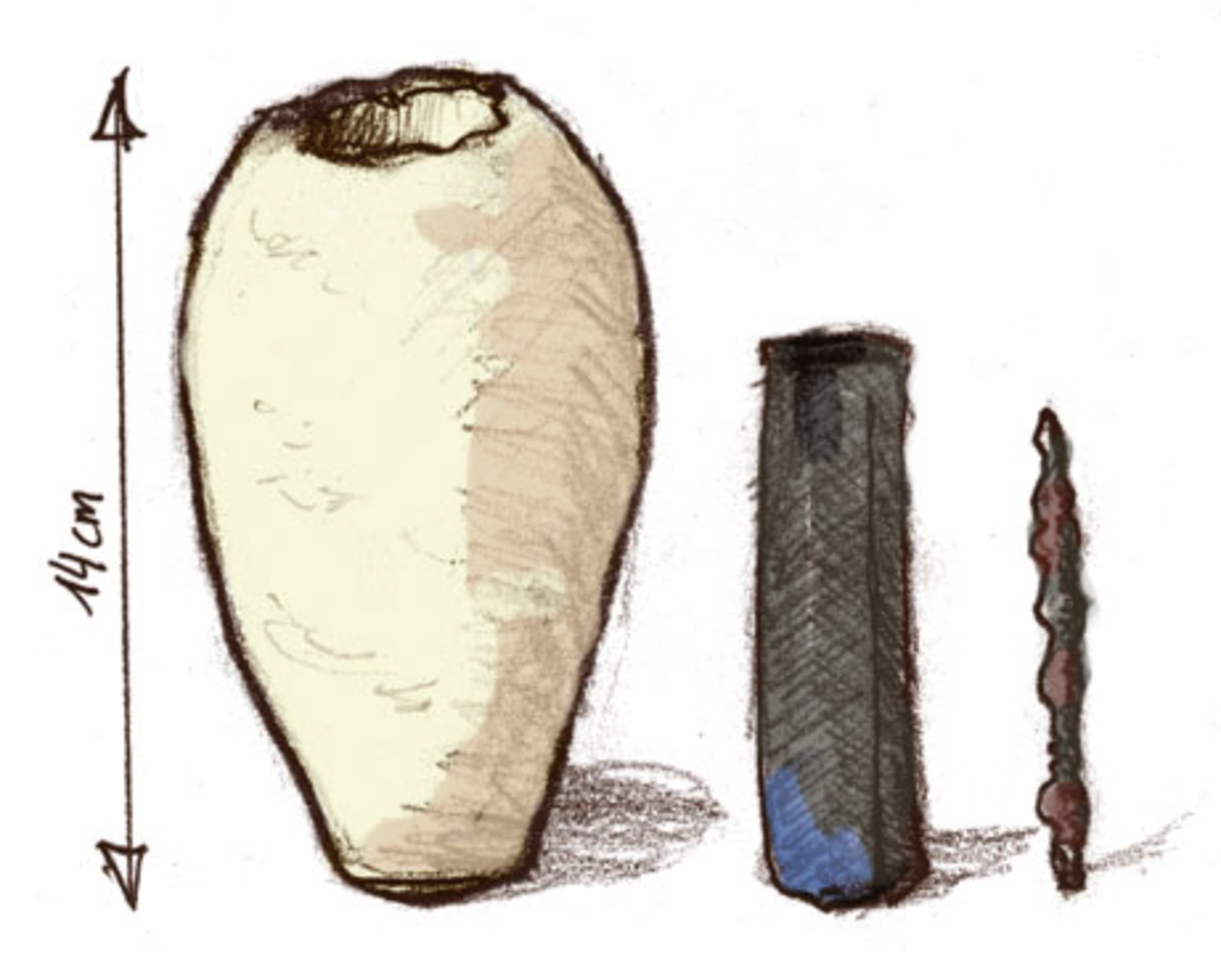When the Nazis came to power in 1933, they declared the beginning of a “Thousand-Year Reich” that ultimately came up about 988 years short. Fascism in Italy managed to hold on to power for a couple of decades, which was presumably still much less time than Benito Mussolini imagined he’d get on the throne. History shows us that regimes of this kind suffered a fairly severe stability problem, which is perhaps why they needed to put forth such a solid, formidable image. The IMPERIAL video above explores “the evil genius of fascist design,” focusing on how Hitler and Mussolini rendered their ideologies in art and the built environment, but many of its observations can be generalized to any political movement that seeks total control of a society, especially if that society has a sufficiently glorious-seeming past.
Fascism’s visual language has many inspirations, two of the most important cited in the video being Romanticism and Futurism. The former offered “a longing for the past, an obsession with nature, and a focus on the sublime”; the latter “worshiped speed, machines, and violence.” Despite their apparent contradiction, these dual currents allowed fascism “a peculiar ability to look both backward and forward, to summon the glory of past empires while promising a radical new future.”
In Italy, such an empire may have been distant in time, but it was nevertheless close at hand. “We dream of a Roman Italy that is wise and strong, disciplined and Imperial.” Even Hitler drew from the glories of ancient Rome and Greece to shape his own aspirational vision of an all-powerful German civilization.
Hence both of those dictators undertaking large-scale Neoclassical-style architectural projects “to bring the aesthetics of ancient Rome to their city streets,” including even muscular statues meant to embody the officially sanctioned human ideal. Of course, the builders of the United States of America had also looked to Roman forms, but they did so at a smaller, more humane scale. Fascist structures were designed not just to be eternal symbols but overwhelming presences, intended “not to elevate the soul, but to crush the individual into the crowd and promote conformity.” This, in theory, would make the citizen feel small and powerless, but with an accompanying quasi-religious longing to be part of a larger project: that of fascism, which subordinates everything to the state. For the likes of Mussolini and Hitler (an artist-turned-politician, as one can hardly fail to note), aesthetics was power — albeit not quite enough, in the event, to ensure their own survival.
Related Content:
Walter Benjamin Explains How Fascism Uses Mass Media to Turn Politics Into Spectacle (1935)
Mussolini Sends to America a Happy Message, Full of Friendly Feelings, in English (1927)
Umberto Eco’s List of the 14 Common Features of Fascism
Based in Seoul, Colin Marshall writes and broadcasts on cities, language, and culture. His projects include the Substack newsletter Books on Cities and the book The Stateless City: a Walk through 21st-Century Los Angeles. Follow him on the social network formerly known as Twitter at @colinmarshall.






